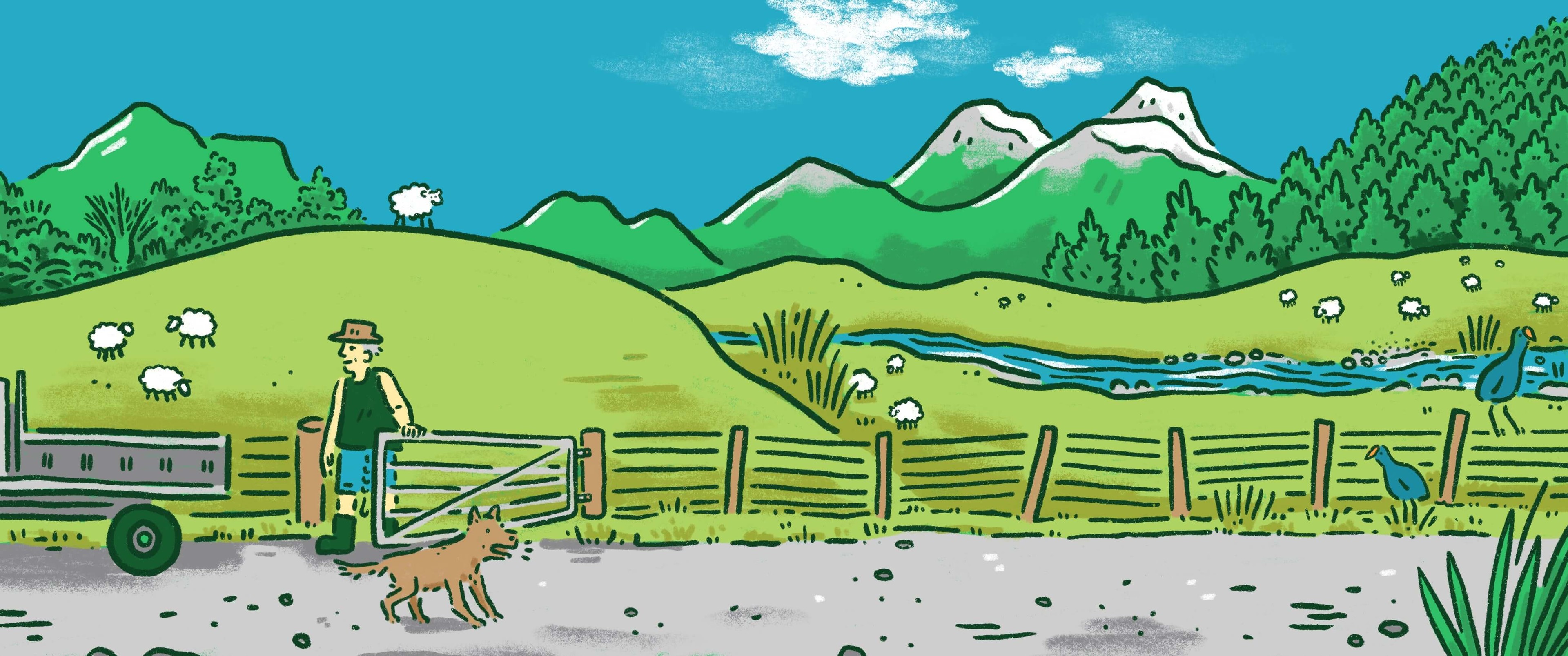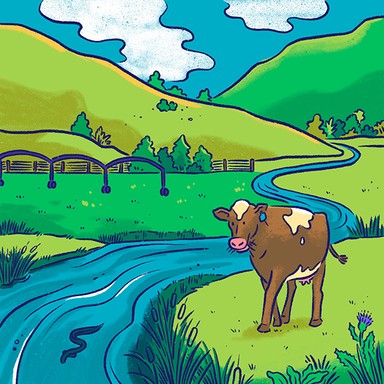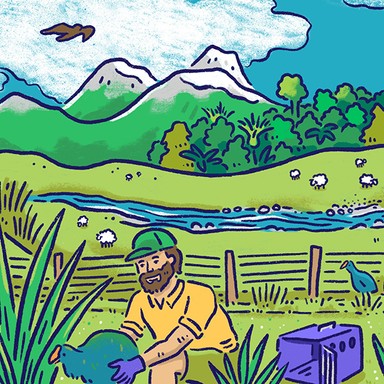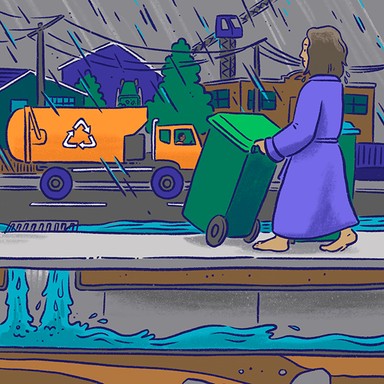
Environment Canterbury

Freshwater
The worsening state of New Zealand’s lakes and rivers is a major challenge for regional councils, which play a leading role in managing freshwater in their areas. To this end, regional councils create plans to protect water resources from contaminants and overuse.

Freshwater
The worsening state of New Zealand’s lakes and rivers is a major challenge for regional councils, which play a leading role in managing freshwater in their areas. To this end, regional councils create plans to protect water resources from contaminants and overuse.
Review the Land and Water Plan to set higher water quality and quantity limits for all catchments and promote appropriate land use change.
Review and improve river rating and flood protection schemes to ensure a ki uta ki tai/whole of river approach to river management.
Implement the National Policy Statement for Freshwater to incorporate Te Mana o Te Wai and improved monitoring that includes both fish and cultural assessments.
Aim for all 64 rivers in the Canterbury Regional Council area to be swimmable by 2040.
Implement policy that takes the long game approach to protecting our drinking water aquifer system from unhealthy nitrate intrusion.
Explore creative farming alternatives to high-water use farming in areas where water draw-off has big environmental impacts.
Intensify rectification of local rivers and lakes under threat, and roll-out successful mitigation programmes to secondary waterways
Commit to achieving NZ-wide alternative farming or productive land uses over time that have less of a damaging footprint on land and water.
Educate, educate, educate, with ads and community events how to minimise pollutants from reaching a stream. Know your storm water path.
Use rainwater for gardens and lawns and toilets. New builds have rain water tanks and even rain gardens to filter their storm water.
Farmers need education about organic practices and soil health. Support farmers who move away from fertilisers.
Review the Land and Water Plan to set higher water quality and quantity limits for all catchments and promote appropriate land use change.
Review and improve river rating and flood protection schemes to ensure a ki uta ki tai/whole of river approach to river management.
Implement the National Policy Statement for Freshwater to incorporate Te Mana o Te Wai and improved monitoring that includes both fish and cultural assessments.
Aim for all 64 rivers in the Canterbury Regional Council area to be swimmable by 2040.
Implement policy that takes the long game approach to protecting our drinking water aquifer system from unhealthy nitrate intrusion.
Explore creative farming alternatives to high-water use farming in areas where water draw-off has big environmental impacts.
Intensify rectification of local rivers and lakes under threat, and roll-out successful mitigation programmes to secondary waterways
Commit to achieving NZ-wide alternative farming or productive land uses over time that have less of a damaging footprint on land and water.
Educate, educate, educate, with ads and community events how to minimise pollutants from reaching a stream. Know your storm water path.
Use rainwater for gardens and lawns and toilets. New builds have rain water tanks and even rain gardens to filter their storm water.
Farmers need education about organic practices and soil health. Support farmers who move away from fertilisers.
Mayor
Compare the mayoral candidates in your area
Local council
Compare the candidates for your city or district council
Regional council
Compare the candidates for your regional council
Local board
Compare the candidates for your local or community board






